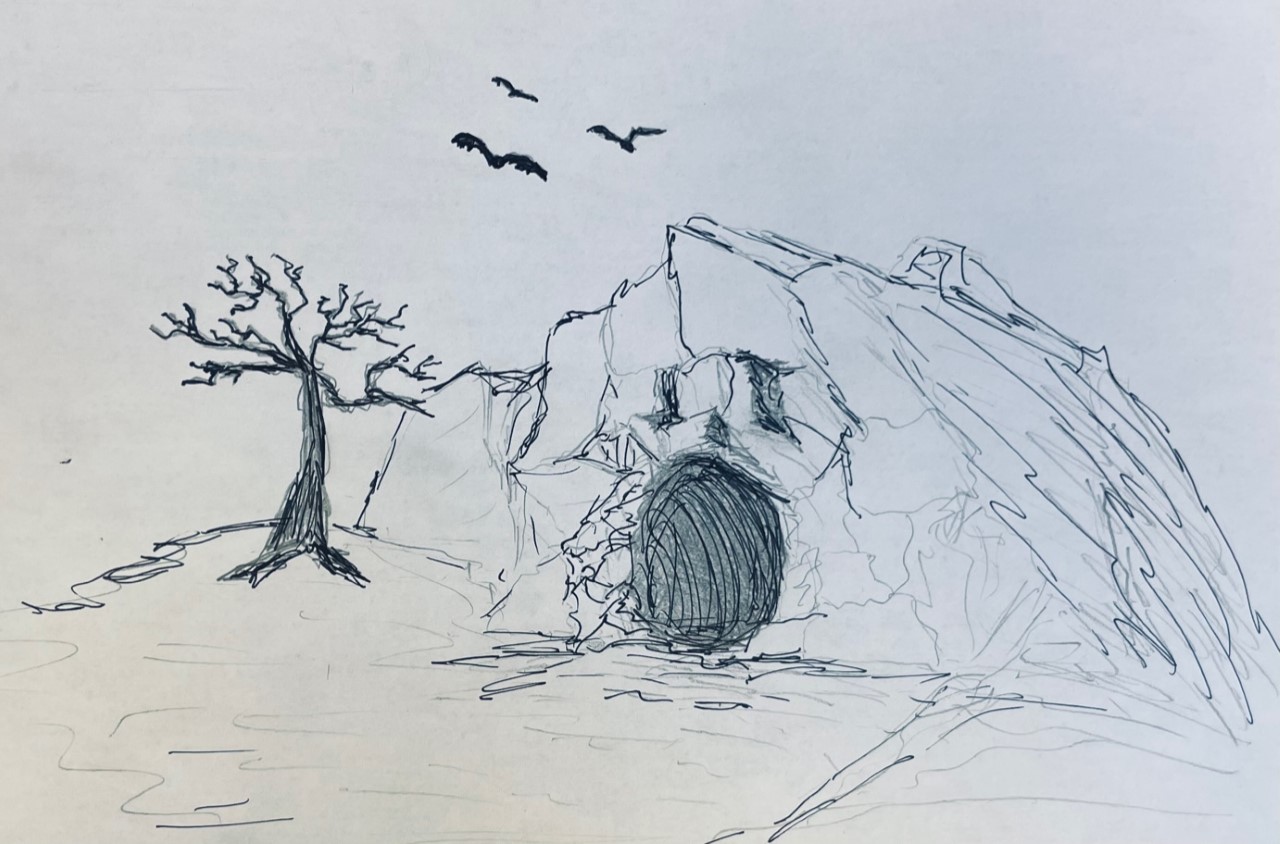Doing science is hard. Talking about it can seem even harder—especially for young researchers.
But a little training—and a lot of practice—can help.
That’s why I facilitated two, 100-minute workshops this summer for undergraduate students at the University of Kansas.
My first piece of advice: imagine how friends, family, politicians, and scientists outside your field might view your topic. To them it’s like a bottomless dark cave. While scientists know every crook and cranny, the rest of us can only guess what eerie equations and acronyms-of-unusual-size lurk in that sunless abyss.
Effective communicators light the way through the “caves” of research.
A good first step is to state why your research matters, then share how it affects your audience. But don’t stop there!
Vividly describe what your experiments look like or sound like. Tell a story to make the abstract more tangible. Cast even more light by putting numbers in context, using metaphors, and asking unexpected questions.
These practical strategies were the focus of this week’s training sessions. The 30 participants included Native scholars in the Haskell Environmental Research Studies (HERS) internship program and undergraduates researching with Kansas NSF EPSCoR and KU’s chemical engineering IDEA Incubator program.
I’m always thrilled to see students flex their science communication muscles. When one student this week described how her lab smells like a nail salon and another said he feels like a ghostbuster with a backpack of instruments, I knew we were making progress!
Instead of ‘enter at your own risk,’ researchers can make it a safe (dare I say fun!) journey into the cave. Just clear out the jagged jargon that trips up dialogue and tell a good story.
Do this and you will build trust. Those vivid descriptions will spark curiosity. People will not just interpret what’s said but also relate to it—and remember it.
I know how hard it is to talk about science and engineering. I struggled for years to navigate my own cave of ‘environmentally beneficial catalysis.’
Just know that it gets easier with practice and with practical strategies.
Let me end with a big shout out to Kansas NSF EPSCoR. Thank you for promoting science communication training! While your 9-letter acronym boggles the mind, our state is stronger because the National Science Foundation invests in research for Kansas by Kansans.
—Claudia Bode (rhymes with Cody) is a first-generation college student, born, raised, and educated in Kansas. She directs education, outreach, and diversity initiatives for Kansas NSF EPSCoR. Learn more about her background.

Effective communicators light the way through that bottomless cave we call research.
